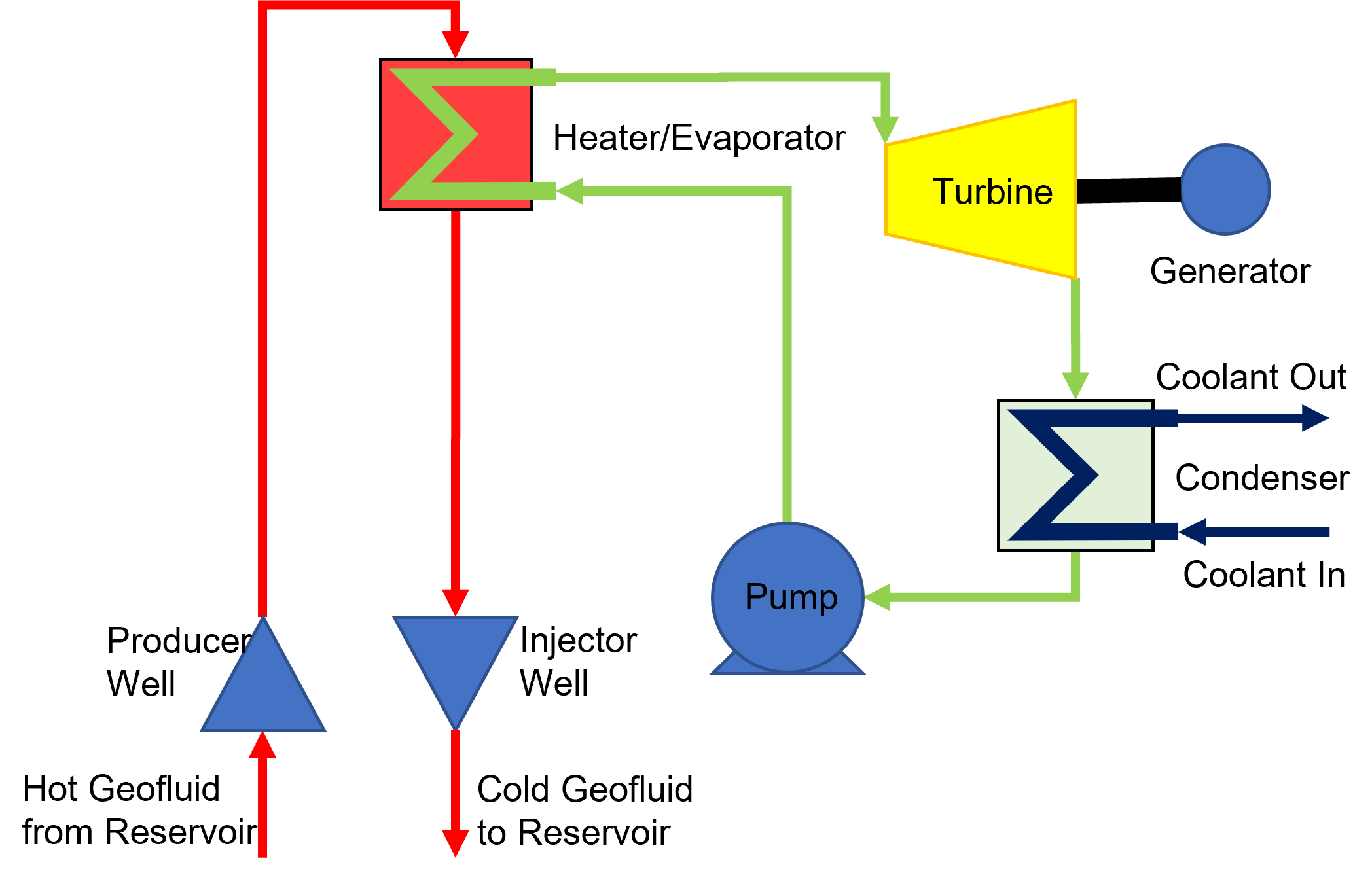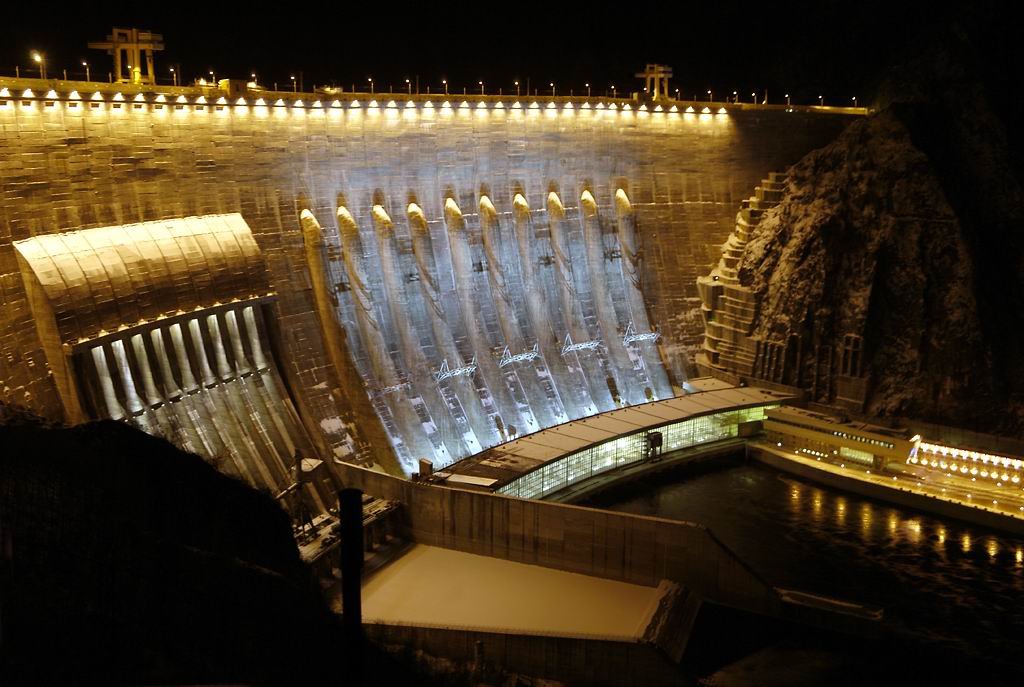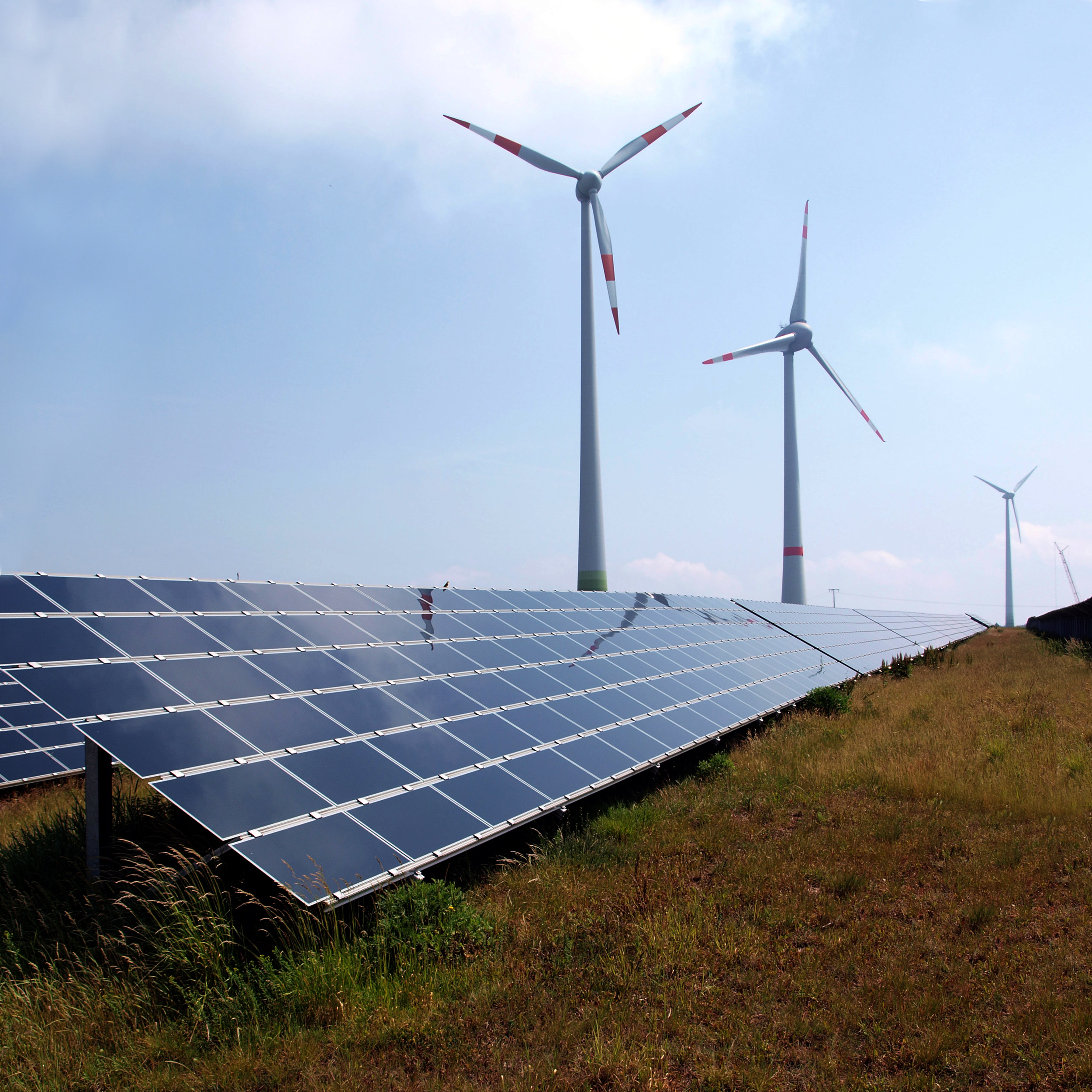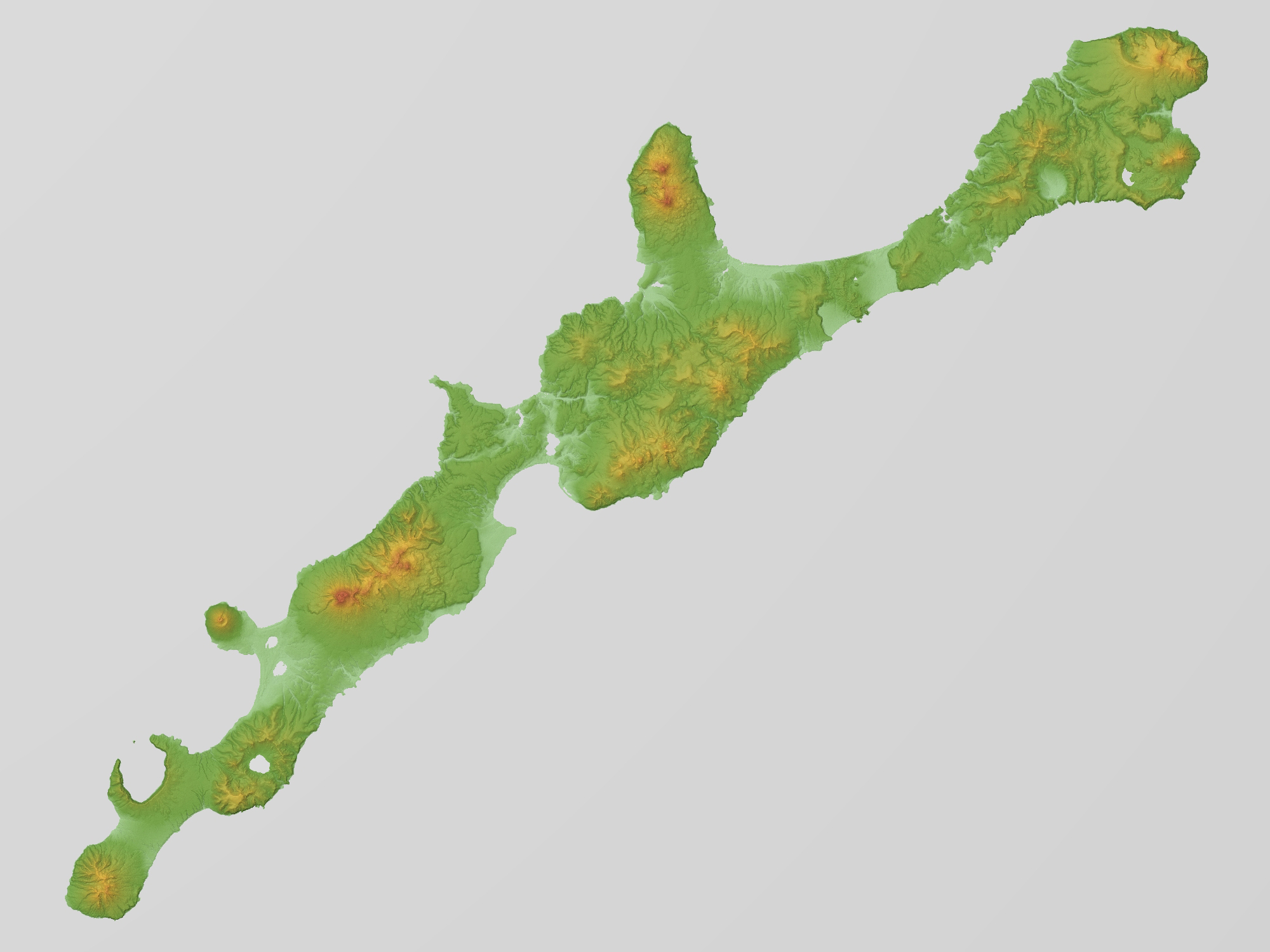|
Geothermal Power In Russia
Geothermal energy is the second most used form of renewable energy in Russia but represents less than 1% of the total energy production. The first geothermal power plant in Russia, which was the first Binary cycle power station in the world, was built at Pauzhetka, Kamchatka, in 1966, with a capacity of 5 MW. The total geothermal installed capacity is 81.9 MW, with 50 MW coming from a plant at Verkhne-Mutnovsky.Two other plants were built on the Kamchatka Peninsula in 1999 and 2002. Two smaller additional plants were installed on the islands of Kunashir and Iturup in 2007. Most geothermal resources are currently used for heating settlements in the North Caucasus and Kamchatka. Half of the geothermal production is used to heat homes and industrial buildings, one third is used to heat greenhouses and 13% is used for industrial processes. Five major geothermal power plants exist in Russia. Russia currently deveploing a new 100 MW geothermal power plant at Mutnovsky and a 50 MW plan ... [...More Info...] [...Related Items...] OR: [Wikipedia] [Google] [Baidu] |
Binary Cycle
A binary cycle is a method for generating electrical power from geothermal resources and employs two separate fluid cycles, hence binary cycle. The primary cycle extracts the geothermal energy from the reservoir, and secondary cycle converts the heat into work to drive the generator and generate electricity. Binary cycles permit electricity generation even from low temperature geothermal resources (<180°C) that would otherwise produce insufficient quantities of steam to make flash power plants economically viable. However, due to the lower temperatures binary cycles have low overall efficiencies of about 10-13%. Introduction [...More Info...] [...Related Items...] OR: [Wikipedia] [Google] [Baidu] |
RusHydro
RusHydro (previous name: Hydro-OGK, russian: РусГидро) is a Russian hydroelectricity company. As of early 2012 it had a capacity of 34.9 gigawatts. In late 2009, it was the world's second-largest hydroelectric power producer and is the country's largest power-generating company and the largest successor to RAO UES. The conglomerate, which is partly government-owned, underwent a major consolidation beginning in July 2007. , the head of the company was Evgeny Dod. Its head office is in Obruchevsky District, South-Western Administrative Okrug, Moscow. Major power plants *Bureya Dam *Volga Hydroelectric Station *Votkinsk Hydroelectric Station *Dagestan Branch *Zhiguli Hydroelectric Station *Zagorskaya PSHPP *Zeya Dam *Irganayskaya HPP *Kabardino-Balkarian Branch *Kamskaya HPP *Karachaevo-Cherkessian Branch *Cascade of Verkhnevolzhskiye HPPs *Cascade of Kubanskiye HPPs *Nizhegorodskaya HPP *Novosibirskaya HPP *Saratov Hydroelectric Station *Boguchany Dam *Sayano-Sh ... [...More Info...] [...Related Items...] OR: [Wikipedia] [Google] [Baidu] |
Renewable Energy In Russia
Renewable energy in Russia mainly consists of hydroelectric energy. In 2010, the country was the sixth largest producer of renewable energy in the world, although it was 56th when hydroelectric energy was not taken into account. Some 179 TWh of Russia's energy production came from renewable energy sources, out of a total economically feasible potential of 1823 TWh. 16% of Russia's electricity was generated from hydropower, and less than 1% was generated from all other renewable energy sources combined. Roughly 68% of Russia's electricity was generated from thermal power and 16% from nuclear power. While most of the large hydropower plants in Russia date from the Soviet era, the abundance of fossil fuels in the Soviet Union and the Russian Federation has resulted in little need for the development of other renewable energy sources. In the early 21st century Russian Prime Minister Dmitry Medvedev called for renewable energy to have a larger share of Russia's energy ... [...More Info...] [...Related Items...] OR: [Wikipedia] [Google] [Baidu] |
List Of Renewable Energy Topics By Country
This is a list of renewable energy topics by country and territory. These links can be used to compare developments in renewable energy in different countries and territories and to help and encourage new writers to participate in writing about developments in their own countries or countries of interest. The list refers to renewable energy in general, as well as solar power, wind power, geothermal energy, biofuel, and hydro-electricity. As of 2013, China, Germany, and Japan, and India, four of the world's largest economies generate more electricity from renewables than from nuclear power. Based on REN21's 2014 report, renewables supplied 19% of humans' global energy consumption. This energy consumption is divided as 9% coming from traditional biomass, 4.2% as heat energy (non-biomass), 3.8% hydro electricity and 2% is electricity from wind, solar, geothermal, and biomass. China is the world's largest producer of hydroelectricity, followed by Canada, Brazil, India, U.S and Rus ... [...More Info...] [...Related Items...] OR: [Wikipedia] [Google] [Baidu] |
Geothermal Energy
Geothermal energy is the thermal energy in the Earth's crust which originates from the formation of the planet and from radioactive decay of materials in currently uncertain but possibly roughly equal proportions. The high temperature and pressure in Earth's interior cause some rock to melt and solid mantle to behave plastically. This results in parts of the mantle convecting upward since it is lighter than the surrounding rock. Temperatures at the core–mantle boundary can reach over 4000 °C (7200 °F). Geothermal heating, using water from hot springs, for example, has been used for bathing since Paleolithic times and for space heating since ancient Roman times. More recently geothermal power, the term used for generation of electricity from geothermal energy, has gained in importance. It is estimated that the earth's geothermal resources are theoretically more than adequate to supply humanity's energy needs, although only a very small fraction is currently being ... [...More Info...] [...Related Items...] OR: [Wikipedia] [Google] [Baidu] |
Energy Policy Of Russia
Russia's energy policy which is set out in the government's ''Energy Strategy'' document, first approved in 2000, which sets out the government's policy to 2020 (later prolonged up to 2030). The Energy Strategy outlines several key priorities: an increase in energy efficiency, reducing the impact on the environment, sustainable development, energy development and technological development, as well as improved effectiveness and competitiveness. Greenhouse gas emissions by Russia are large because of its energy policy. Russia, one of the world's energy superpowers, is rich in natural energy resources, the world's leading net energy exporter, and a major supplier to the European Union. While Russia has also signed and ratified the Kyoto Protocol numerous scholars note that Russia uses its energy exports as a foreign policy instrument towards other countries. In July 2008 Russia's president signed a law allowing the government to allocate strategic oil and gas deposits on the c ... [...More Info...] [...Related Items...] OR: [Wikipedia] [Google] [Baidu] |
Iturup
, other_names = russian: Итуру́п; ja, 択捉島 , location = Sea of Okhotsk , coordinates = , archipelago = Kuril Islands , total_islands = , major_islands = , area_km2 = 3139 , length_km = 200 , width_km = 27 , coastline = , highest_mount = Stokap , elevation_m = 1634 , country_claim = , country_claim_divisions_title_1 = Prefecture , country_claim_divisions_1 = Hokkaido , country_claim_divisions_title_2 = Subprefecture , country_claim_divisions_2 = Nemuro , country = , country_admin_divisions_title_1 = Federal subject , country_admin_divisions_1 = Sakhalin Oblast , country_admin_divisions_title_2 = District , country_admin_divisions_2 = Kurilsky , population = 7,500 , population_as_of = 2003 , density = , ethnic_groups = , additional_info = Iturup (russian: Остров Итуру́п, Ostrov Iturúp; ain, エツ゚ヲロㇷ゚� ... [...More Info...] [...Related Items...] OR: [Wikipedia] [Google] [Baidu] |
Kunashir Island
, other_names = kz, Kün Ashyr; ja, 国後島 , location = Sea of Okhotsk , locator_map = File:Kurily Kunashir.svg , coordinates = , archipelago = Kuril Islands , total_islands = , major_islands = , area = , length = , width = from to , coastline = , highest_mount = Chacha , elevation = , country = , country_admin_divisions_title_1 = Federal subject , country_admin_divisions_1 = Sakhalin Oblast , country_admin_divisions_title_2 = District , country_admin_divisions_2 = Yuzhno-Kurilsky , country_largest_city = , country_largest_city_population = , country_leader_title = , country_leader_name = , population = approx. 7000 , population_as_of = 2007 , density = , ethnic_groups = , additional_info = , country_claim = , country_claim_divisions_title_1 = Prefecture , country_claim_divisions_1 = Hokkaido , country_claim_divisions_tit ... [...More Info...] [...Related Items...] OR: [Wikipedia] [Google] [Baidu] |
Verhne-Mutnovskaya Power Station
Verhne-Mutnovskaya power station is located in to the southwest of the city of Petropavlovsk-Kamchatsky, Russia. The power plant was put into operation in 1999. The power plant has three identical direct cycle turbines of 4 MW each. Each turbine is rated at 8.3 bars inlet pressure and a steam flowrate of 8.4 kg/s. Another feature of the station is an air-cooled condenser. The power plant is part of a single complex with Mutnovskaya power plant-1. These plants share the same geothermal field. This complex is involved in the Central Power Hub. References (https://pangea.stanford.edu/ERE/db/WGC/papers/WGC/2015/26058.pdf {{stack, {{Portal, Russia, Geology, Renewable energy Geothermal power stations in Russia ... [...More Info...] [...Related Items...] OR: [Wikipedia] [Google] [Baidu] |
Kamchatka Krai
Kamchatka Krai ( rus, Камча́тский край, r=Kamchatsky kray, p=kɐmˈtɕatskʲɪj kraj) is a federal subject of Russia (a krai), situated in the Russian Far East, and is administratively part of the Far Eastern Federal District. Its capital and largest city is Petropavlovsk-Kamchatsky, home to over half of its population of 322,079 ( 2010). Kamchatka Krai was formed on July 1, 2007, as a result of the merger of Kamchatka Oblast and Koryak Autonomous Okrug, based on the voting in a referendum on the issue on October 23, 2005. The okrug retains the status of a special administrative division of the krai, under the name of Koryak Okrug. The Kamchatka Peninsula forms the majority of the krai's territory, separating the Sea of Okhotsk and the Bering Sea in the Pacific Ocean. The remainder is formed by a minor northern mainland portion, Karaginsky Island, and the Commander Islands in the Bering Sea. It is bordered by Magadan Oblast to the west and Chuk ... [...More Info...] [...Related Items...] OR: [Wikipedia] [Google] [Baidu] |
North Caucasus
The North Caucasus, ( ady, Темыр Къафкъас, Temır Qafqas; kbd, Ишхъэрэ Къаукъаз, İṩxhərə Qauqaz; ce, Къилбаседа Кавказ, Q̇ilbaseda Kavkaz; , os, Цӕгат Кавказ, Cægat Kavkaz, inh, Даькъасте, Däq̇aste, krc, Шимал Кавказ, Şimal Kavkaz, russian: Северный Кавказ, r=Severnyy Kavkaz, p=ˈsʲevʲɪrnɨj kɐfˈkas) or Ciscaucasia (russian: Предкавказье, Predkavkazye), is a subregion of Eastern Europe in the Eurasian continent. It is the northern part of the wider Caucasus region, and is entirely a part of Russia, sandwiched between the Sea of Azov and Black Sea to the west, and the Caspian Sea to the east. The region shares land borders with Georgia (country), Georgia and Azerbaijan to the south. Krasnodar is the largest city within the North Caucasus. Politically, the North Caucasus is made up of Russian Republics of Russia, republics and krais. It lies north of the Main C ... [...More Info...] [...Related Items...] OR: [Wikipedia] [Google] [Baidu] |






